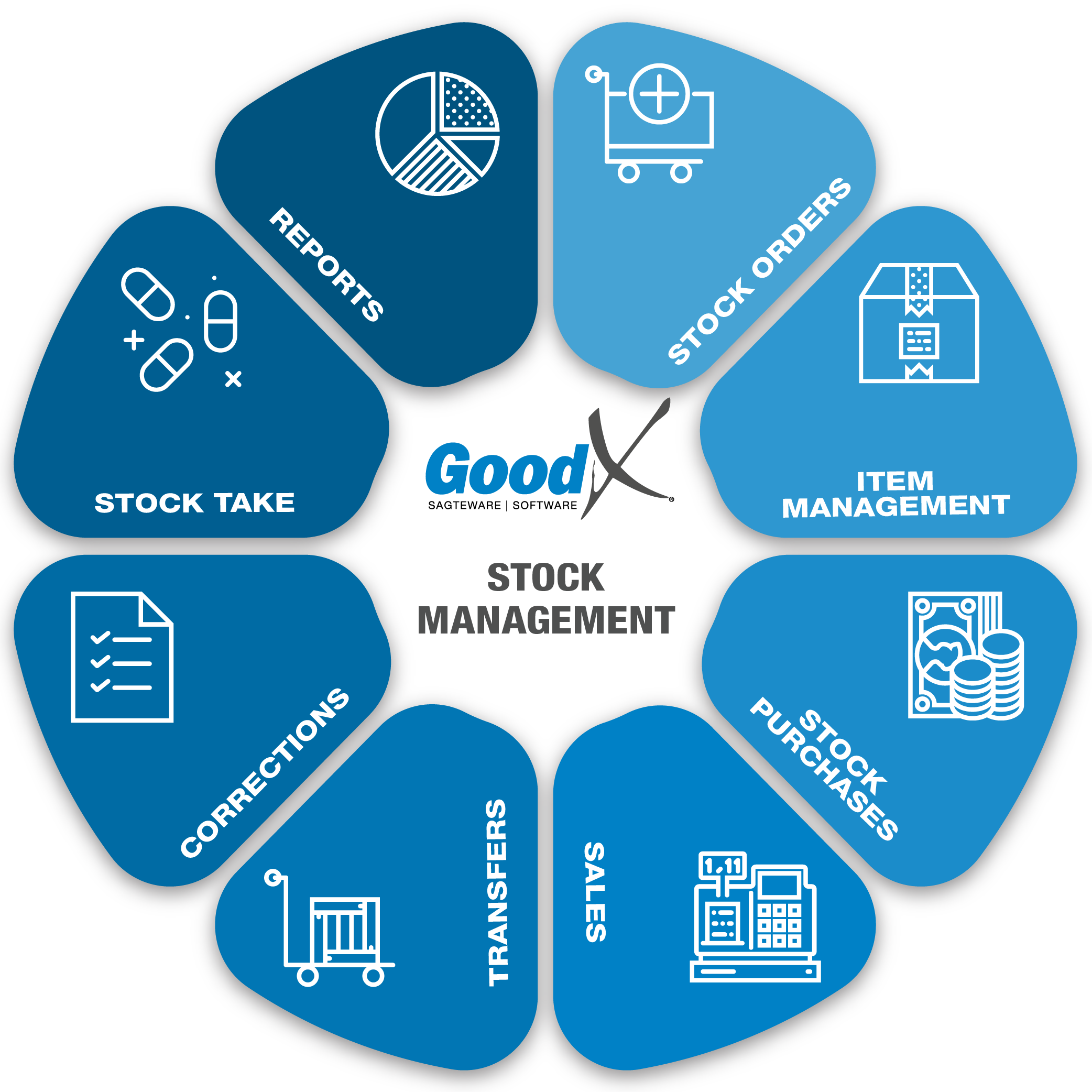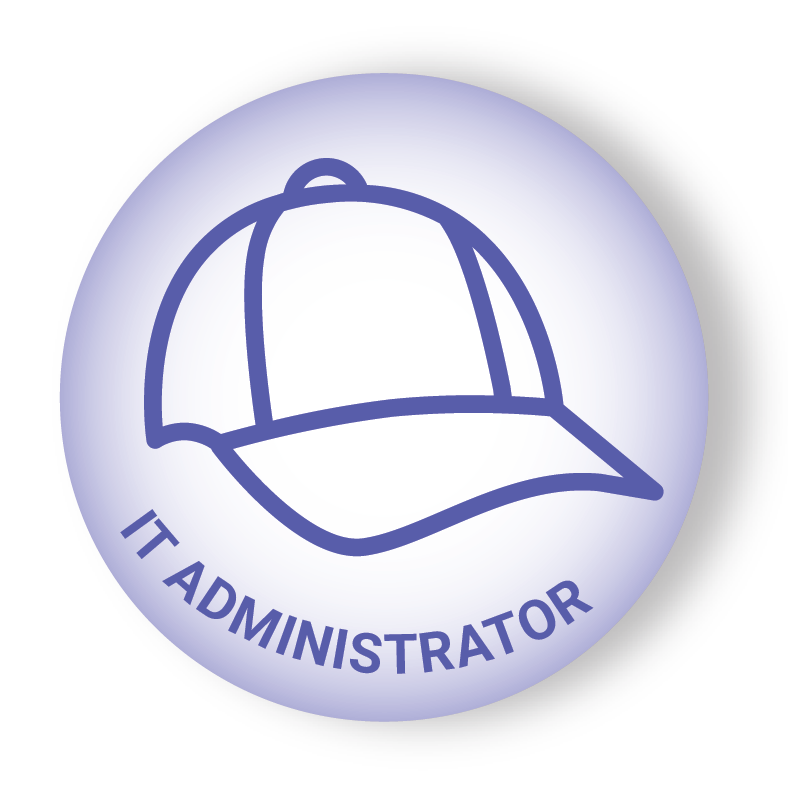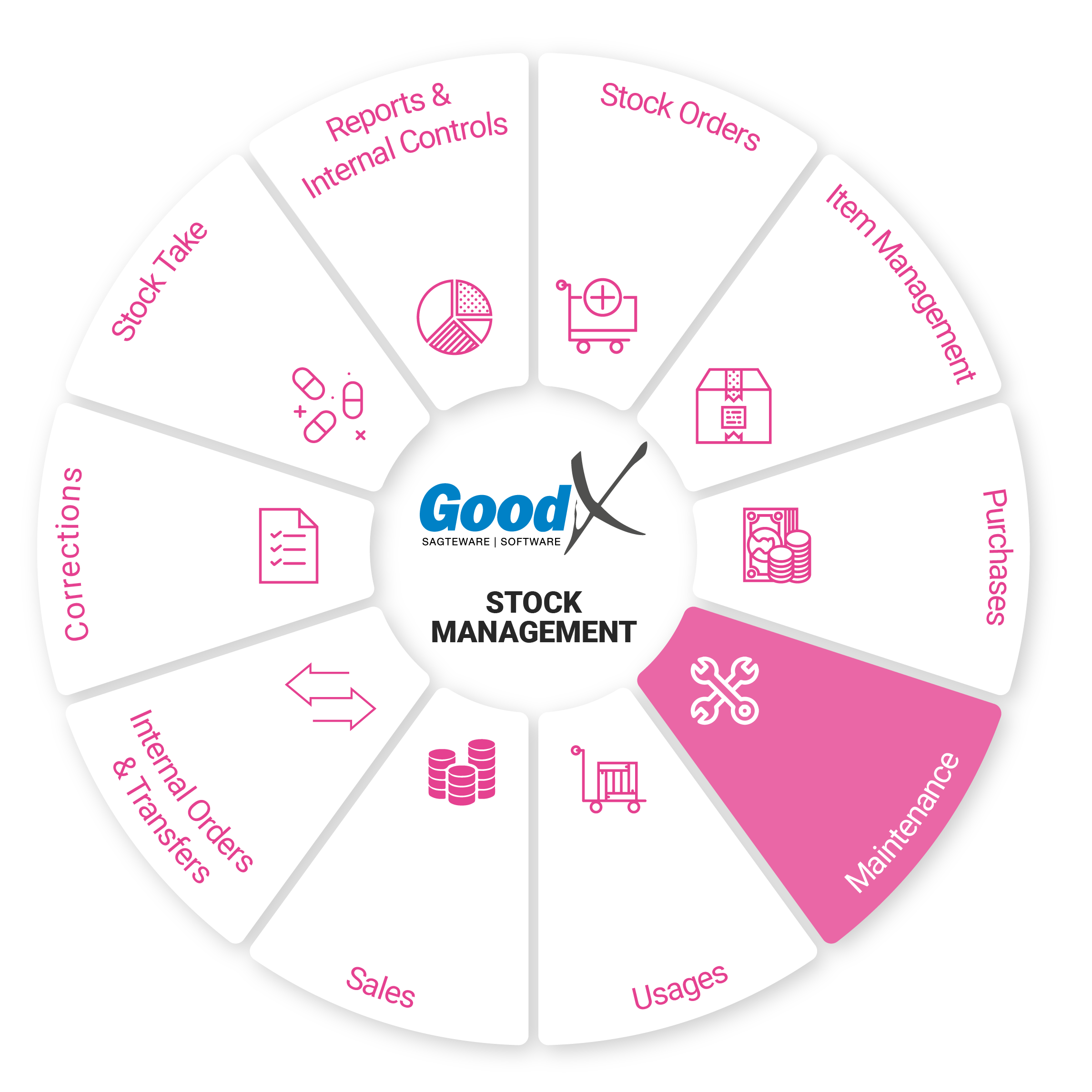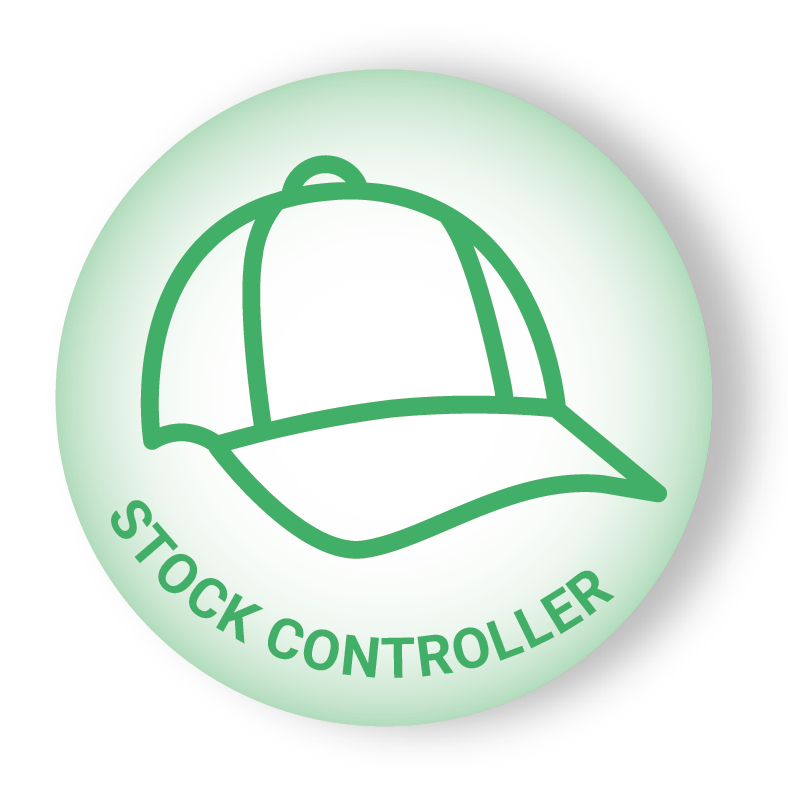Best Practice Guidelines: Stock Management 28/06/2024 (In development)

Copyright © 2020 GoodX Software. All rights reserved.
GoodX online Learning Centre
learning.goodx.co.za
6. Summary: Maintenance
6.1. Maintenance
Responsible Roles
 |
Financial Manager: Xxx |
|---|---|
|
|
Accounts Payable Clerk: Xxx |
|
|
Stock Controller: Xxx |
 |
Stock Clerk: Xxx |
 |
IT Administrator: Xxx |
 |
Kitchen Manager: Xxx |
 |
Warehouse Manager: Xxx |
 Critical Steps of Maintenance
Critical Steps of Maintenance
Medical equipment can be acquired through purchase or rental agreements.
Medical equipment, whether purchased or rented, is essential for performing specific procedures or tests in various medical specialities. Maintaining medical equipment is crucial for ensuring patient safety, optimising operational efficiency, and extending the lifespan of the devices. Regular maintenance involves scheduled inspections, calibration, cleaning, and timely repairs to address any wear and tear. This preventive care helps to identify potential issues before they escalate into serious malfunctions, thereby minimising downtime and ensuring that the equipment remains reliable.
This equipment typically comes with detailed documentation outlining the necessary maintenance schedules, procedures, and responsible parties. Additionally, agreements with suppliers or manufacturers often include terms for maintenance and support, ensuring that the equipment is properly serviced. Proper documentation of maintenance activities is essential for compliance with regulatory standards and can aid in tracking the performance history of the equipment. Well-maintained equipment can deliver more accurate diagnostics and treatment, thereby improving patient outcomes. Investing in regular maintenance not only supports the seamless functioning of healthcare facilities but also promotes a culture of safety and reliability. By adhering to stringent maintenance protocols, healthcare providers can mitigate risks, enhance the quality of care, and maintain the trust of both patients and staff. This combination of documentation and contractual support helps to guarantee that the equipment remains functional and reliable, facilitating its effective use in patient care.
Your inventory system can assist in planning and tracking the usage of medical equipment, such as monitoring the number of tests performed by a machine. This allows you to receive timely alerts for organizing maintenance or recalibration. Integrating the maintenance schedule and agreement into the system ensures adherence to the correct procedures.

